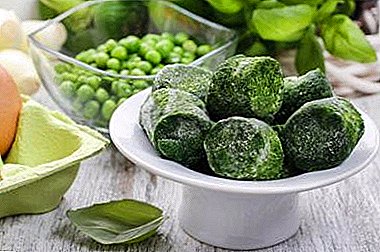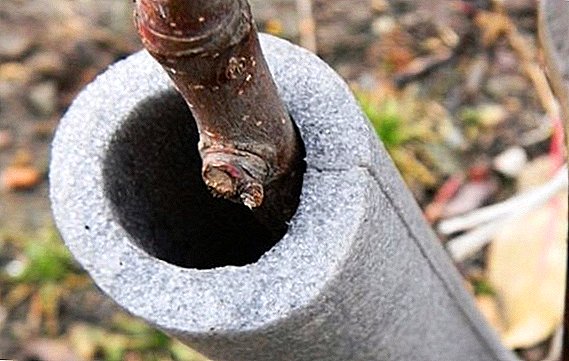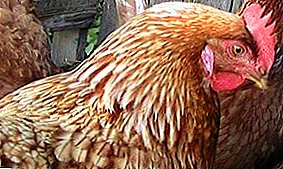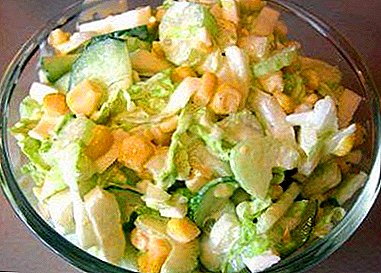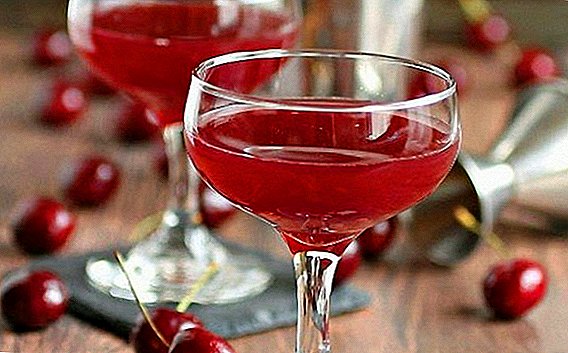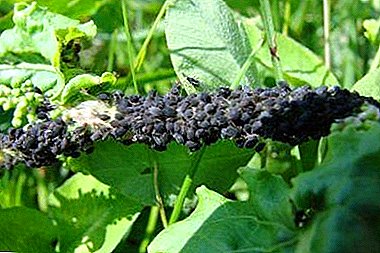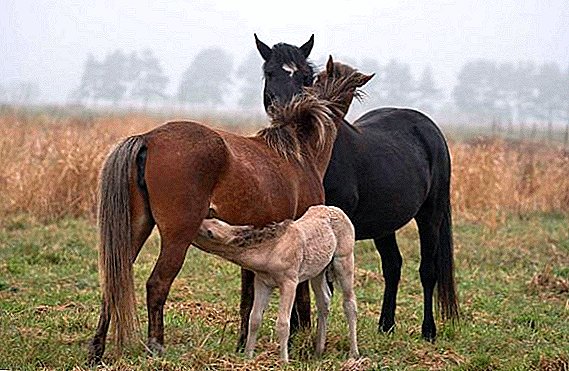 Klepper is an Estonian horse breed, a cross between a Scottish pony and an ordinary horse (Altai, Bashkir or trotter). An unusual variety is quite common and popular with many private horse breeders and amateurs, among whom it is famous for its optimal size, high cold resistance and friendly character.
Klepper is an Estonian horse breed, a cross between a Scottish pony and an ordinary horse (Altai, Bashkir or trotter). An unusual variety is quite common and popular with many private horse breeders and amateurs, among whom it is famous for its optimal size, high cold resistance and friendly character.
History reference
Breed klepper known since ancient times. The ancestors of modern kleppers lived in the northern forests of Estonia, on the islands of the Baltic Sea. The authentic origin of these horses remains a mystery to this day.
Find out what the distinctive features of horse breeds are: Soviet heavy truck, Trakenen, Frisian, Andalusian, Karachai, Falabella, Bashkir, Orlov trotter, Appaloosa, Tinker, Altai, Don, Hanover, Terek.From the XYII century, these animals began to be exported, first to the northern, and later to the central provinces of Russia, where they significantly influenced the formation of the Vyatka, Mezen, and other local breeds.
 It is believed that at the end of the XIX, at the beginning of the XX centuries, as a result of uncontrolled crossing with Arabian and Finnish stallions, the breed improved its qualities. Directly in Estonia, the clappers took part in the breeding of the Thorian breed.
It is believed that at the end of the XIX, at the beginning of the XX centuries, as a result of uncontrolled crossing with Arabian and Finnish stallions, the breed improved its qualities. Directly in Estonia, the clappers took part in the breeding of the Thorian breed.Did you know? Appearing 60 million years ago, the first horse zoologists called eohippus (horse of the dawn). She was very small: with a body weight of slightly more than 5 kg and only 35 cm tall. Eohyppus had four fingers on its front legs and three on the back.
Description and Features
Due to their origin, the clappers are distinguished from other famous breeds by their unusual appearance and character.
Appearance
In addition to a strong and rounded exterior, the Estonian horse is characterized by the following features:
- head with a broad forehead;
- strong neck;
- massive and deep chest: chest girth - 174 cm, metacarpus - 18.7 cm;
- wide back;
- height at withers - 135-145 cm;
- the average weight of a stallion is 480-490 kg, mares - 450-460 kg;
- thick, shiny, slightly elongated coat, small brushes are visible on the legs;
- legs are dry, strong and sinewy. The hooves are very strong - the horse can do without horseshoes.

Suits
The predominant suits are red, karak, buckskin and bay. In light-colored horses, a dark belt is visible along the back.
Character
Externally, the clappers are calm, but internally they have an almost inexhaustible supply of energy. A good temper allows them to "communicate" with children and other animals with ease, to trust their owners and new people.
Important! These animals are quite difficult to annoy. But if the pet still harbors a grudge against the owner, this may lead to further disobedience and the pogrom of the stable.
Advantages and disadvantages
Indisputable advantages of the breed:
- good adaptation to the local climate;
- energetic temperament and kindness;
- horses are not aggressive, get along with people of different ages and animals;
- unlike other breeds, clappers are more unpretentious in content;
- minimum feed consumption (in comparison with the diet of other breeds);
- excellent running and working qualities (maximum carrying capacity - 4895 kg);
- relatively inexpensive price for animals.
 The disadvantages of these animals include:
The disadvantages of these animals include:- not suitable for competitions and exhibitions;
- low speed pit;
- susceptibility to certain diseases.
Did you know? Famous horse and host associations that have entered world history include Alexander the Great and his legendary Bucephalus, El Cid (the hero of the Spanish Reconquista) and his Babek, Napoleon and Marengo, whose skeleton has long been an exhibit of a museum in London.
Scope of application
Kleppers successfully exploited in agricultural work and in the transportation of various goods. They are also often used to teach children and adolescents to ride a horse and are kept as loyal and family lovers.

Rules for the care and feeding of horses
Proper care for kleppers includes certain subtleties that significantly affect the health, well-being and mood of animals:
- Timely cleaning and bathing. In addition to the standard daily cleaning in the stable, the pet from time to time needs to clean the oblong wool and thoroughly wash his body under the shower (at least once a week). For the procedure, you should use only a special shampoo or laundry soap.
- Care for the teeth of the horse. Examination of the oral cavity should be done every six months by a veterinary specialist. If your pet has a very tight back, there is a partial or complete rejection of the usual food, the animal bites or chews the bit, you should consult a doctor immediately.
- Vaccination with a special calendar. The order of vaccinations prescribed by a veterinarian after a standard medical examination.
- Drinkers and feeders should be properly installed in the stable. It is also important to maintain cleanliness - clean up food and waste daily, clean the entire room once a week and clean it completely.
- Like all horses, kleppers need daily walking in the open air. An exception for walking can be too low air temperature - 15-20 degrees of frost.

Important! Walking the horses is the key to their health and strength. An animal that stagnates in a stall (idle for more than two weeks) will begin a process of atrophy of the extremities, and as a result it will lose the ability to withstand even the simplest, standard loads.In order to organize proper feeding of clappers, the breeder must take into account several important rules:
- feed often and in small quantities. The best option is 3-4 times a day balanced feeding and constant access to fresh hay;
- A diet cannot be drastically changed by introducing new products that are unfamiliar to the horse. New feed should be introduced slowly, gradually increasing its quantity;
- fresh, fresh water for horses should always be freely available (approximate daily requirement for 1 individual - 35 liters);
- Do not feed your pet for an hour before work (horse riding and other physical activities);
- make an optimal diet, based on weight, height, general condition and workload of the animal. In the "menu" should only prevail quality food;
- follow a clear feeding regime.

Today, the horse breed, the clapper, has won the love of horse breeders around the world. And it is not surprising, because with such a friendly disposition and sincere devotion, these animals will always be welcome pets on any farm.



